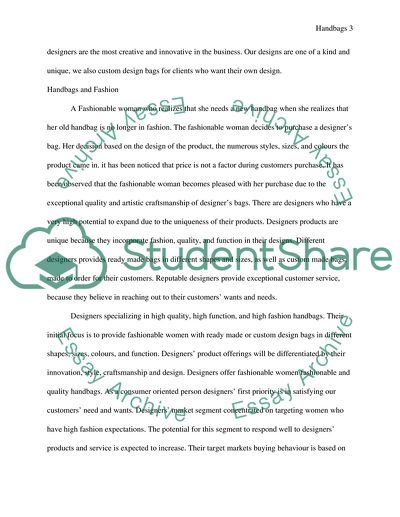Cite this document
(“Luxury Goods Industry: Designer Handbags Research Paper”, n.d.)
Luxury Goods Industry: Designer Handbags Research Paper. Retrieved from https://studentshare.org/marketing/1736079-designer-handbags
Luxury Goods Industry: Designer Handbags Research Paper. Retrieved from https://studentshare.org/marketing/1736079-designer-handbags
(Luxury Goods Industry: Designer Handbags Research Paper)
Luxury Goods Industry: Designer Handbags Research Paper. https://studentshare.org/marketing/1736079-designer-handbags.
Luxury Goods Industry: Designer Handbags Research Paper. https://studentshare.org/marketing/1736079-designer-handbags.
“Luxury Goods Industry: Designer Handbags Research Paper”, n.d. https://studentshare.org/marketing/1736079-designer-handbags.


